Home>Storage & Organization>Kitchen Organizing Tools>What To Put In A Rabbit Litter Box
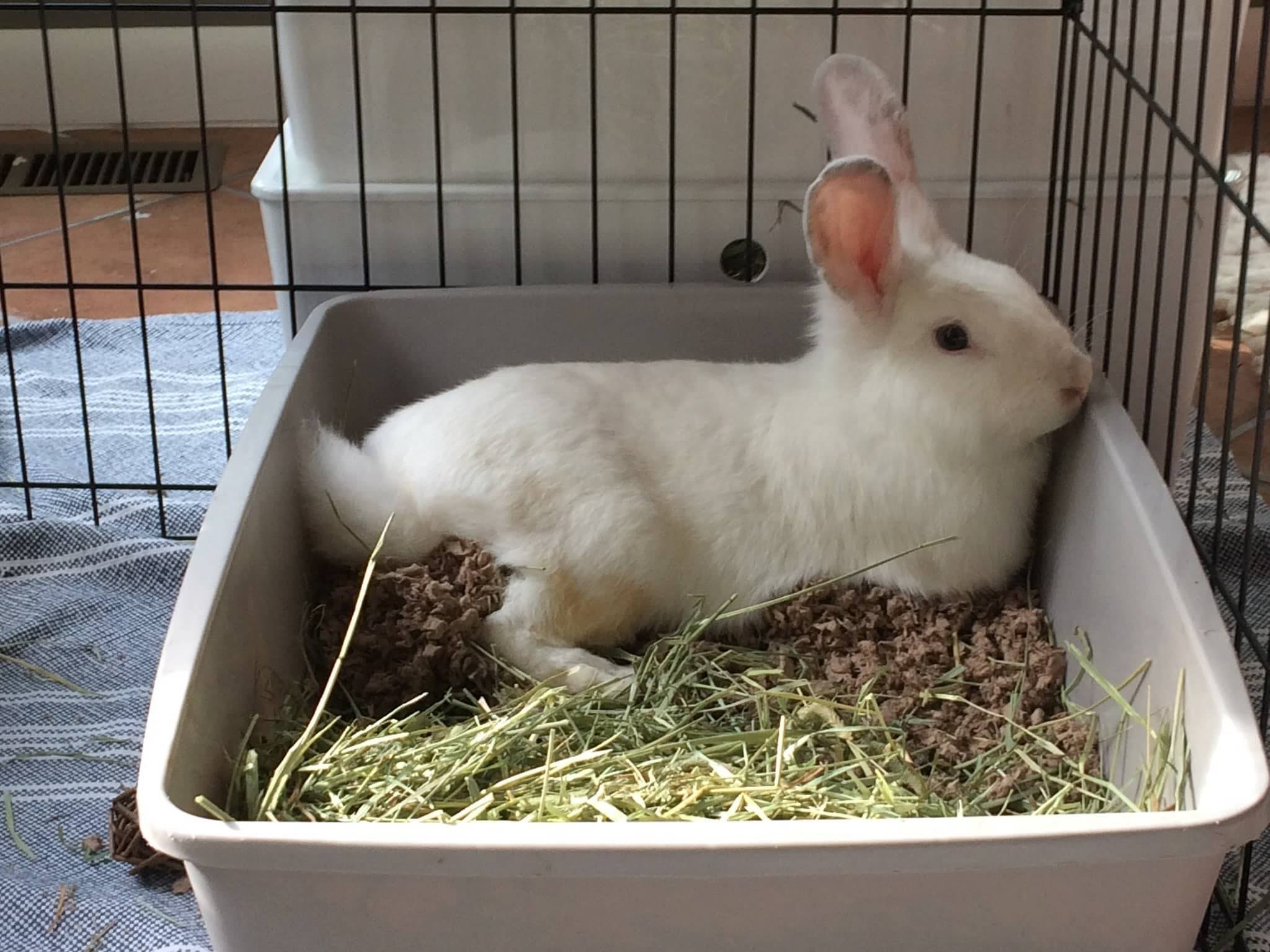

Kitchen Organizing Tools
What To Put In A Rabbit Litter Box
Modified: March 26, 2024
Discover the best kitchen organizing tools for your rabbit litter box. Find practical solutions to keep your rabbit's space clean and tidy.
(Many of the links in this article redirect to a specific reviewed product. Your purchase of these products through affiliate links helps to generate commission for Storables.com, at no extra cost. Learn more)
Types of litter for rabbit litter box
Selecting the right litter for your rabbit's litter box is crucial for maintaining a clean and healthy living environment. There are various types of litter available, each with its own set of benefits and considerations. Understanding the options will help you make an informed decision that suits both your rabbit's needs and your preferences.
-
Paper-Based Litter: This type of litter is made from recycled paper products and is highly absorbent, making it an excellent choice for controlling odors. It is also dust-free, which is beneficial for rabbits with respiratory sensitivities. Additionally, paper-based litter is environmentally friendly and easy to dispose of.
-
Wood Pellet Litter: Made from compressed sawdust, wood pellet litter is absorbent and effective at controlling odors. It is also biodegradable, making it an eco-friendly option. However, it's important to note that some rabbits may be sensitive to the natural oils in certain types of wood, so it's essential to monitor your rabbit's reaction when using this type of litter.
-
Clay-Based Litter: Clay litter is known for its excellent absorbency and odor control. However, it can be dusty, which may not be suitable for rabbits with respiratory issues. Additionally, some clay litters contain additives or fragrances that can be harmful to rabbits, so it's important to choose a natural, unscented option if selecting clay-based litter.
-
Grass Hay-Based Litter: This type of litter is made from compressed grass hay and is a popular choice for rabbit owners. It is absorbent, controls odors well, and provides a comfortable surface for rabbits to rest on. Grass hay-based litter is also safe for rabbits to ingest, making it a versatile option for litter boxes.
-
Recycled Paper Pellet Litter: Similar to paper-based litter, recycled paper pellet litter offers excellent absorbency and odor control. The pellets are designed to expand when they come into contact with moisture, making them an efficient choice for maintaining a clean litter box.
When choosing a litter for your rabbit's litter box, consider factors such as absorbency, dust levels, odor control, and your rabbit's individual sensitivities. It's essential to monitor your rabbit's behavior and health when introducing a new type of litter to ensure that it is well-tolerated. By selecting the most suitable litter for your rabbit, you can create a comfortable and hygienic environment that promotes your rabbit's well-being.
Key Takeaways:
- Choose the right litter for your rabbit’s box based on absorbency, dust levels, and odor control. Monitor your rabbit’s reaction to ensure it’s well-tolerated for a clean and healthy living environment.
- Set up a spacious litter box with the right litter, strategic placement, and regular cleaning to encourage positive litter box habits and maintain a clean, inviting environment for your rabbit.
Read more: Why Is My Rabbit Not Using The Litter Box
How to set up a rabbit litter box
Setting up a rabbit litter box is a fundamental aspect of creating a clean and comfortable living space for your furry companion. Proper setup not only promotes good hygiene but also encourages positive litter box habits in rabbits. Here's a step-by-step guide to help you establish an effective and inviting litter box environment for your rabbit:
-
Select the Right Size: Choose a litter box that provides ample space for your rabbit to move around comfortably. A larger litter box allows for natural behaviors such as digging and lounging, contributing to your rabbit's overall well-being.
-
Choose the Appropriate Litter: Based on the types of litter available, select one that aligns with your rabbit's preferences and sensitivities. Ensure that the litter is non-toxic and safe for rabbits to ingest, as they may nibble on it from time to time.
-
Place the Litter Box Strategically: Position the litter box in an area where your rabbit spends a significant amount of time. Rabbits often prefer quiet and secluded spots, so consider placing the litter box in a corner or against a wall to provide a sense of security.
-
Introduce Hay: Rabbits enjoy munching on hay while using the litter box, so placing a layer of hay on top of the litter can encourage them to use the box consistently. Additionally, hay provides a natural and comfortable surface for rabbits to rest on.
-
Regular Cleaning: Establish a routine for cleaning the litter box to maintain a fresh and hygienic environment. Remove any soiled litter daily and replace it with fresh litter to prevent odors and promote cleanliness.
-
Monitor Behavior: Pay attention to your rabbit's behavior when using the litter box. If you notice any reluctance or aversion, it may indicate a need for adjustments in the litter type, box placement, or cleanliness.
-
Provide Multiple Boxes: If you have multiple rabbits or a large living space, consider placing multiple litter boxes in different areas to accommodate their needs and encourage consistent litter box use.
By following these steps, you can create an inviting and functional litter box setup that supports your rabbit's natural behaviors and hygiene needs. A well-maintained litter box not only contributes to a clean living environment but also fosters a positive relationship between you and your rabbit.
Use rabbit-safe litter such as paper-based or aspen shavings. Place a layer of hay on top for added comfort and to encourage natural foraging behavior. Clean the litter box regularly to maintain a healthy environment for your rabbit.
Best practices for maintaining a rabbit litter box
Maintaining a rabbit litter box is essential for promoting a clean and healthy environment for your furry companion. By implementing best practices for upkeep, you can ensure that the litter box remains hygienic and appealing to your rabbit. Here are some effective strategies for maintaining a rabbit litter box:
-
Regular Cleaning: Establish a consistent cleaning schedule to remove soiled litter and maintain a fresh environment. Daily spot-cleaning is crucial to prevent odors and encourage your rabbit to continue using the litter box. Additionally, a thorough cleaning of the entire litter box should be conducted on a weekly basis to ensure optimal hygiene.
-
Use Rabbit-Safe Cleaning Products: When cleaning the litter box, opt for gentle, rabbit-safe cleaning products to avoid exposing your pet to harmful chemicals. Mild dish soap or vinegar diluted in water can be effective for cleaning the litter box without posing any health risks to your rabbit.
-
Monitor Litter Levels: Keep an eye on the litter levels in the box and replenish it as needed. Maintaining an adequate amount of litter ensures that your rabbit has a comfortable and inviting space to use for elimination and rest.
-
Address Accidents Promptly: In the event of accidents outside the litter box, promptly clean up any messes and identify the underlying cause. Accidents may indicate a need for adjustments in the litter type, box placement, or the rabbit's health, so it's important to address any issues proactively.
-
Observe Behavioral Changes: Pay attention to your rabbit's behavior when using the litter box. Any changes in litter box habits or preferences may signal potential health concerns or environmental discomfort. By staying attuned to your rabbit's behavior, you can address any issues promptly and ensure a positive litter box experience.
-
Provide Enrichment: Incorporate enrichment activities near the litter box to encourage your rabbit's engagement with the space. Placing toys, tunnels, or chewable items nearby can make the litter box area more appealing and stimulating for your rabbit, promoting positive associations with the designated elimination area.
By adhering to these best practices, you can uphold a clean and inviting litter box environment for your rabbit. Consistent maintenance not only supports your rabbit's well-being but also fosters a harmonious living space for both you and your beloved pet.
Common mistakes to avoid with rabbit litter boxes
-
Inadequate Litter Box Size: One common mistake is selecting a litter box that is too small for your rabbit. A cramped space can discourage proper elimination behavior and may lead to accidents outside the box. Ensure that the litter box provides enough room for your rabbit to move comfortably and exhibit natural behaviors.
-
Using Incorrect Litter: Choosing the wrong type of litter can be detrimental to your rabbit's health and well-being. Avoid using clumping cat litter, as it can pose a serious health risk if ingested by rabbits. Additionally, scented or dusty litters may irritate your rabbit's respiratory system, leading to discomfort and potential health issues.
-
Inconsistent Cleaning: Neglecting regular cleaning of the litter box can result in odors and unsanitary conditions. Rabbits are meticulous animals that prefer a clean environment, so maintaining a consistent cleaning schedule is essential. Failure to do so may cause your rabbit to avoid using the litter box altogether.
-
Improper Placement: Placing the litter box in a high-traffic or noisy area can cause stress for your rabbit, leading to aversion to the litter box. Additionally, positioning the box near food and water can result in accidental contamination, making the area unappealing for your rabbit.
-
Neglecting Behavioral Cues: Ignoring your rabbit's behavioral cues related to the litter box can lead to misunderstandings and missed opportunities for addressing potential issues. Pay attention to any changes in your rabbit's litter box habits, as they may indicate underlying health concerns or environmental discomfort that require attention.
-
Using Wire-Floor Litter Boxes: Wire-bottom litter boxes can be uncomfortable and harmful to a rabbit's sensitive feet. Opt for a solid-bottom litter box to provide a comfortable and secure surface for your rabbit to use for elimination.
-
Insufficient Hay: Failing to provide an adequate amount of hay in the litter box can discourage your rabbit from using it consistently. Hay not only serves as a comfortable surface for your rabbit to rest on but also encourages natural foraging and grazing behaviors.
-
Overlooking Multiple Litter Boxes: If you have multiple rabbits or a spacious living area, it's important to provide multiple litter boxes to accommodate their needs. Neglecting to do so may lead to territorial disputes and reluctance to share a single litter box.
By avoiding these common mistakes and implementing best practices, you can create a conducive and hygienic litter box environment that promotes your rabbit's well-being and encourages positive litter box habits.
Frequently Asked Questions about What To Put In A Rabbit Litter Box
Was this page helpful?
At Storables.com, we guarantee accurate and reliable information. Our content, validated by Expert Board Contributors, is crafted following stringent Editorial Policies. We're committed to providing you with well-researched, expert-backed insights for all your informational needs.
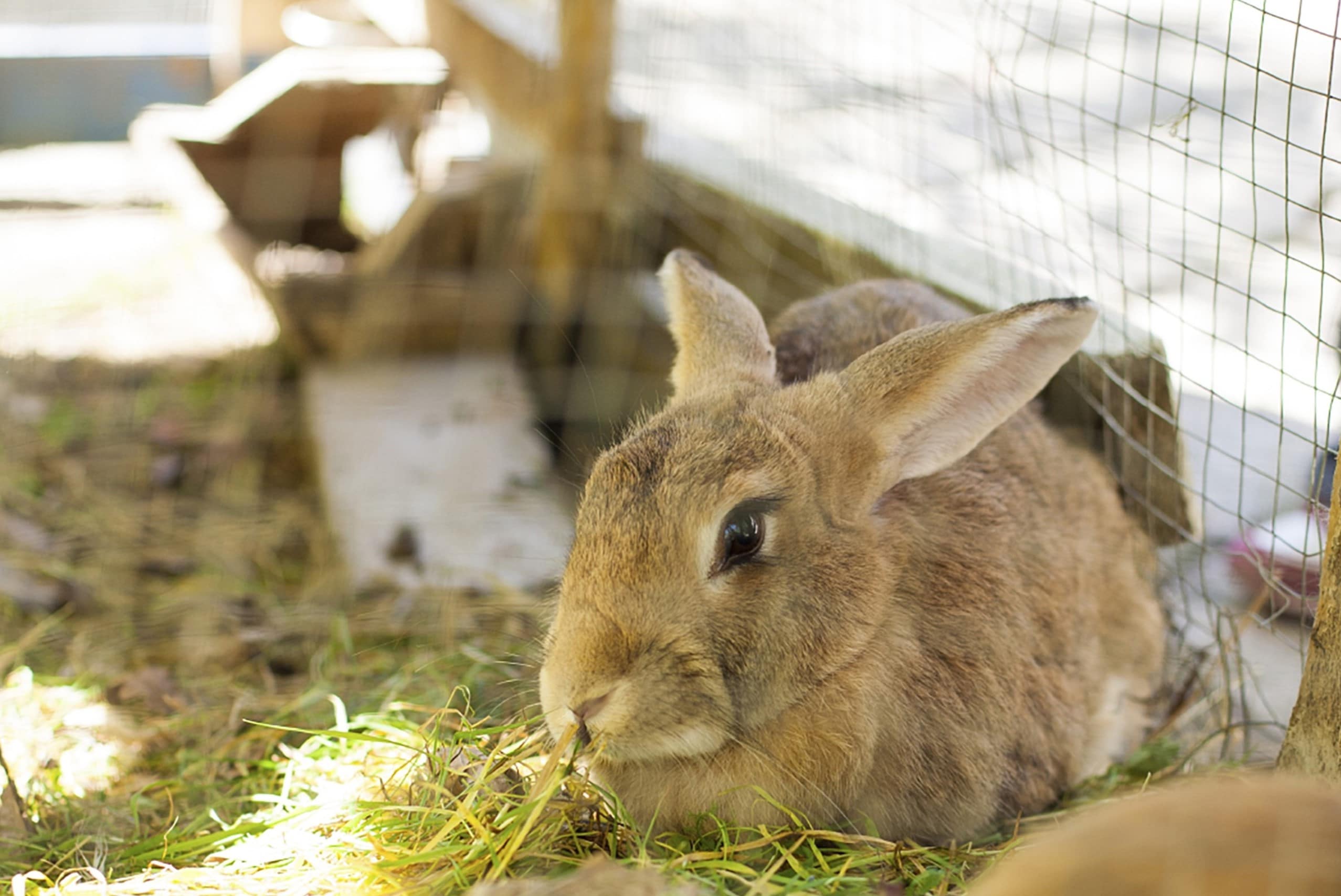

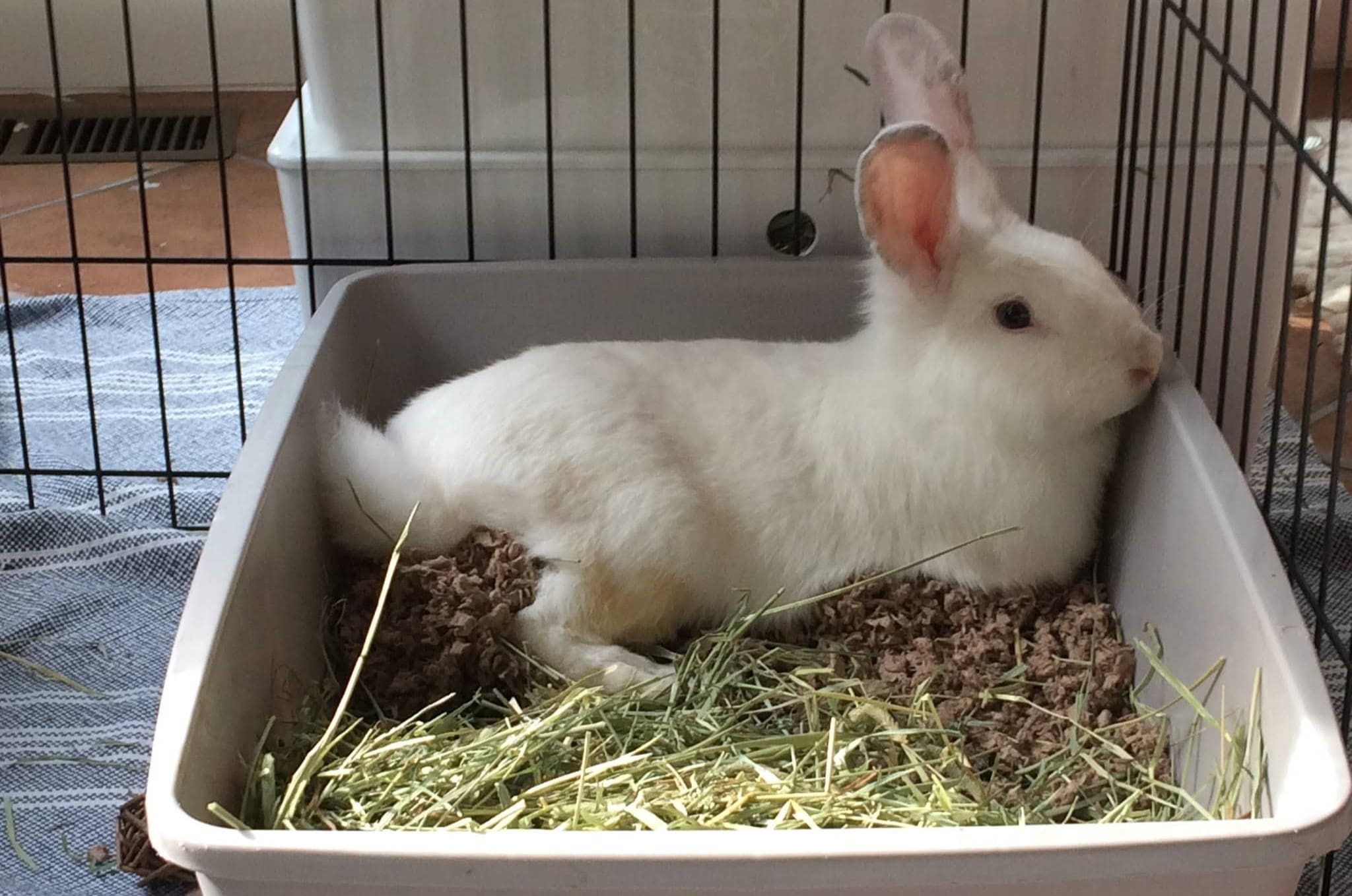
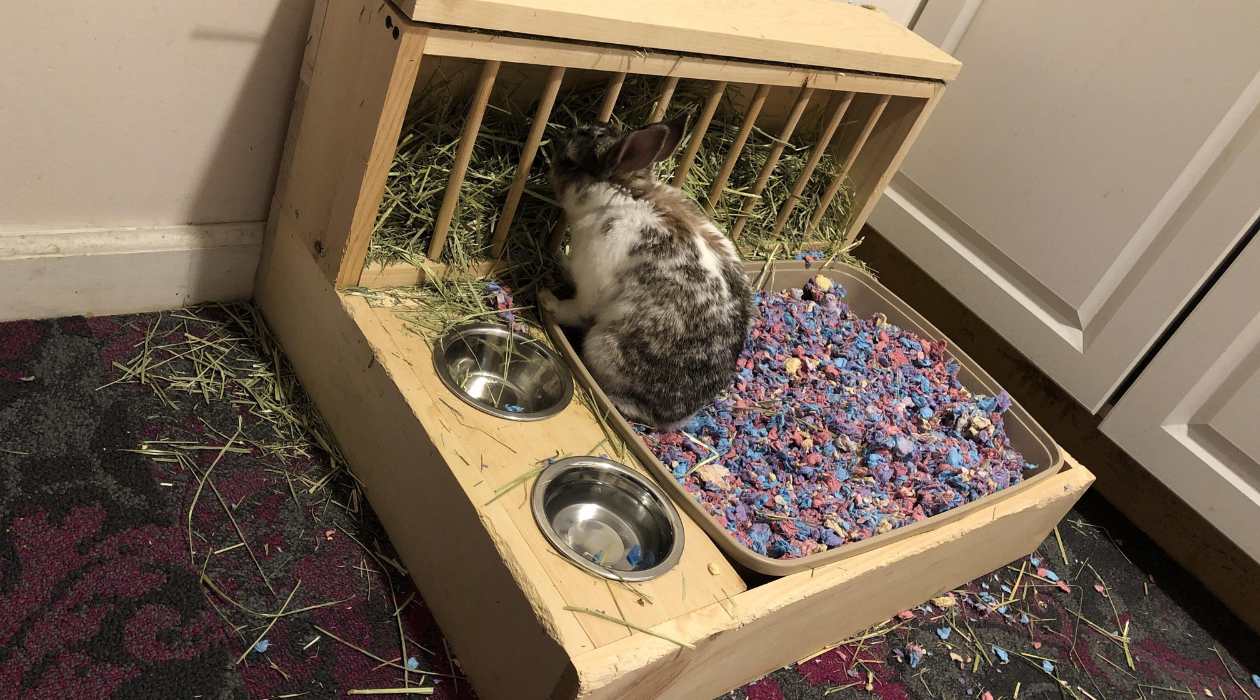
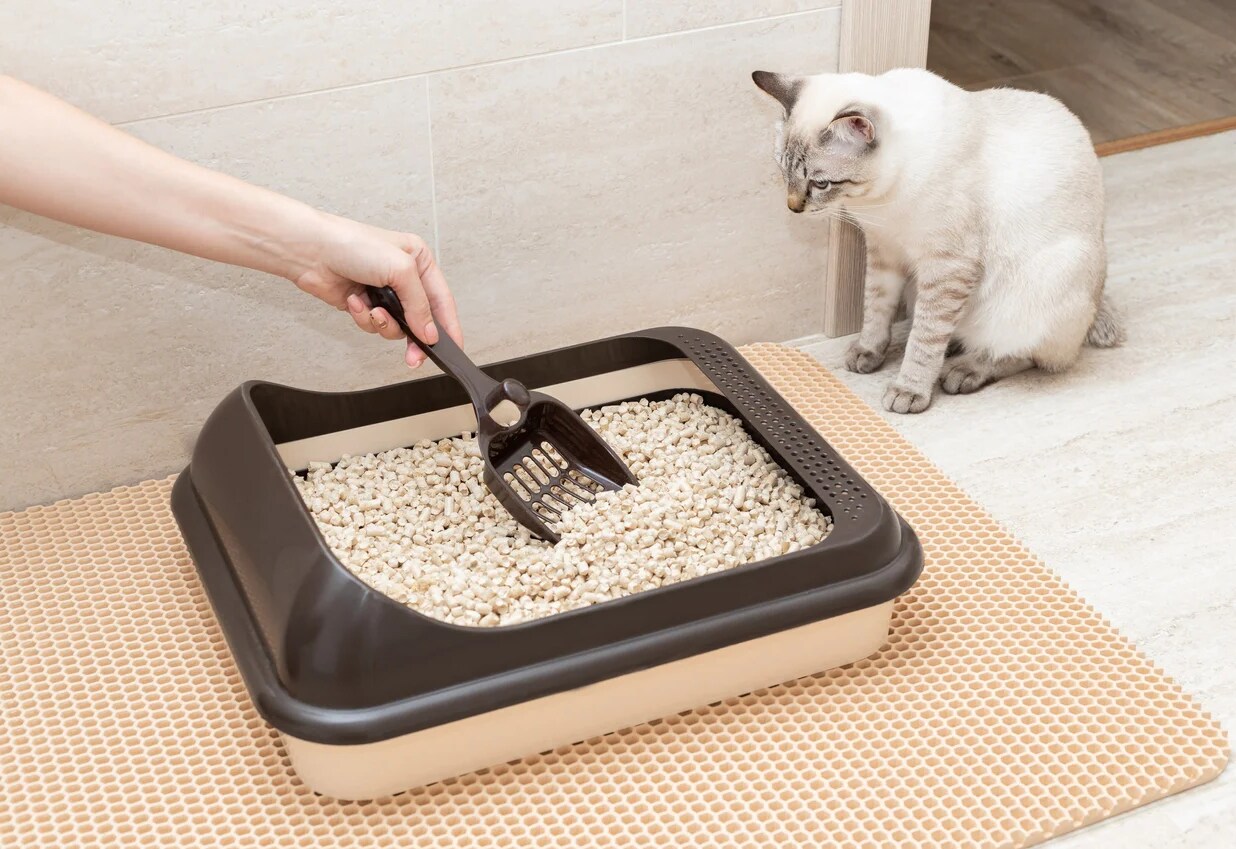
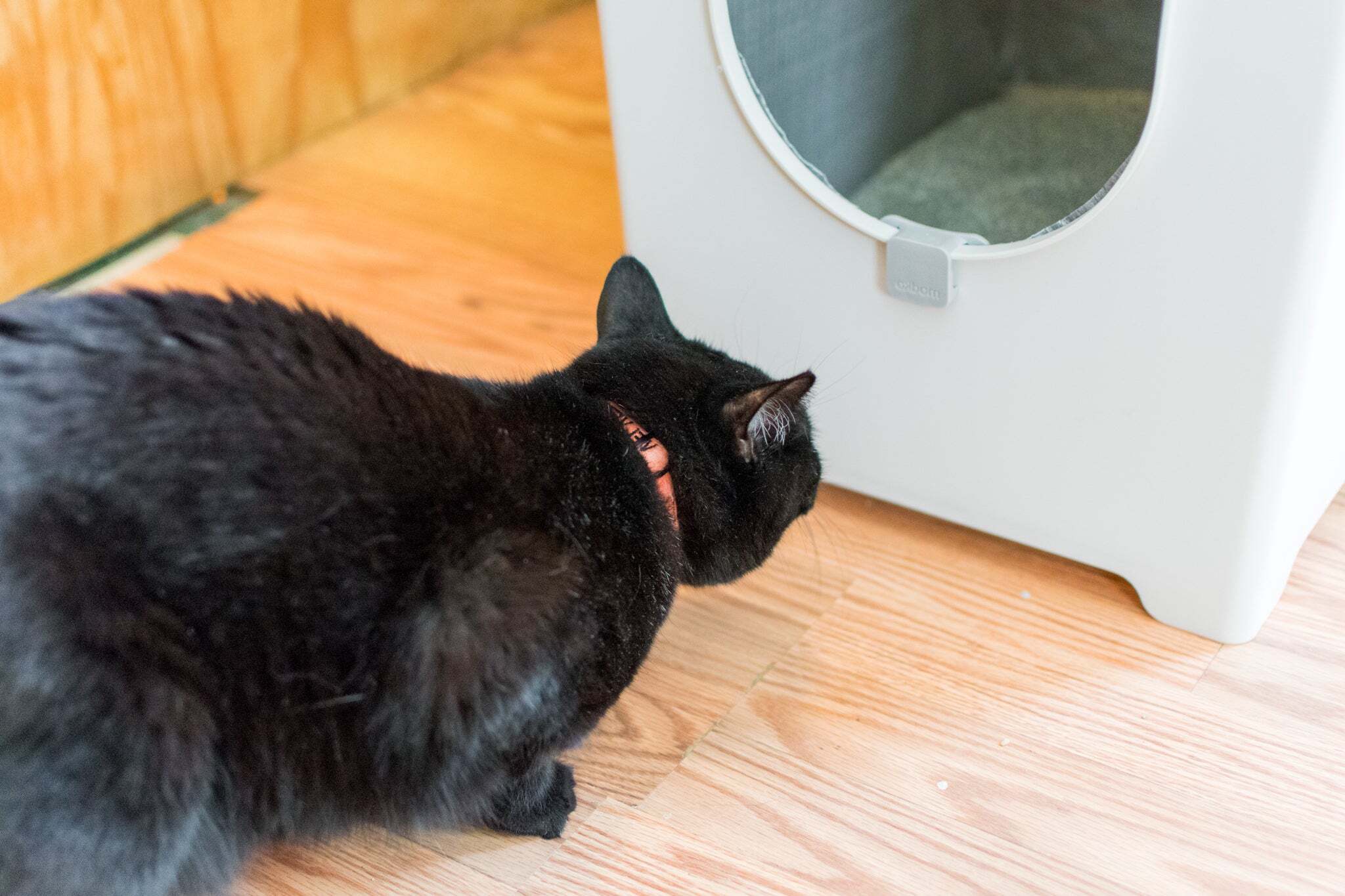
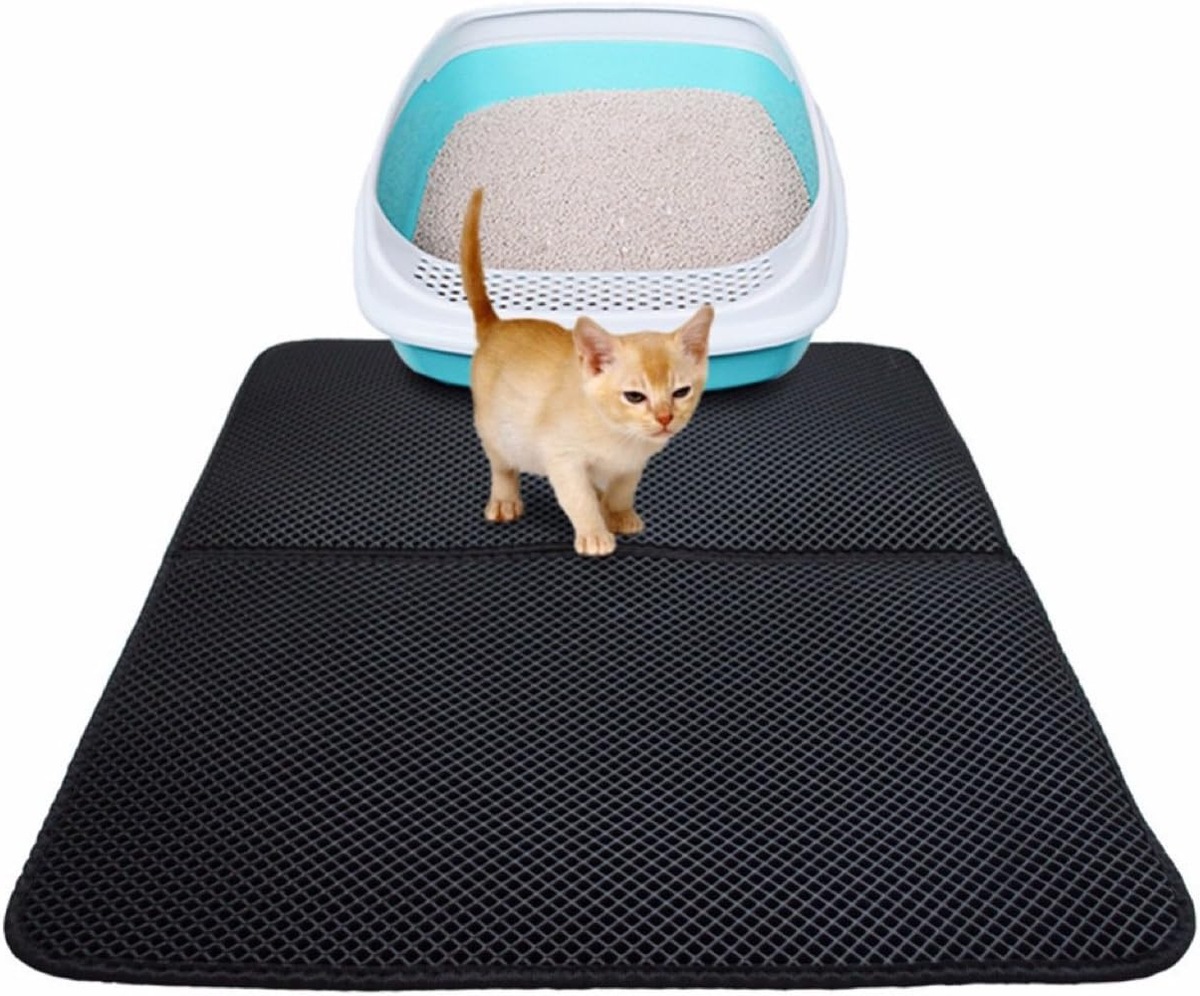
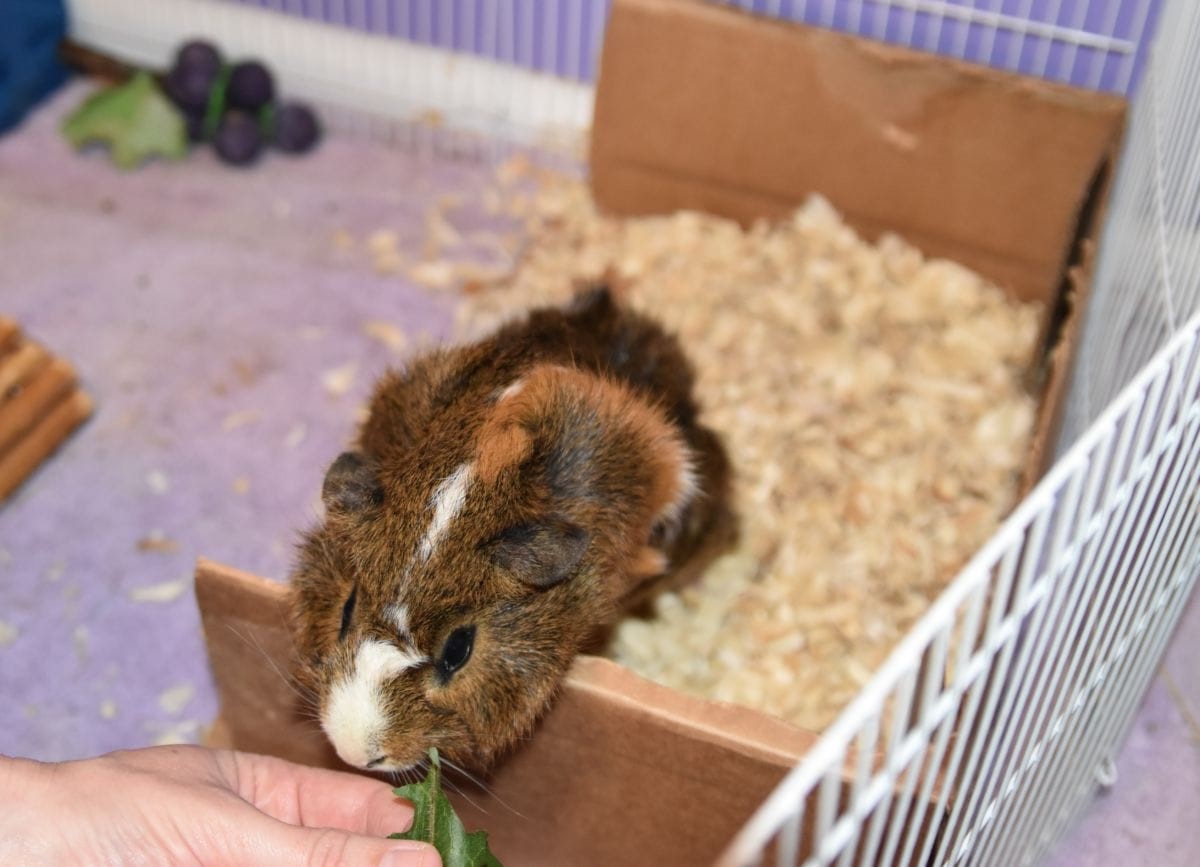
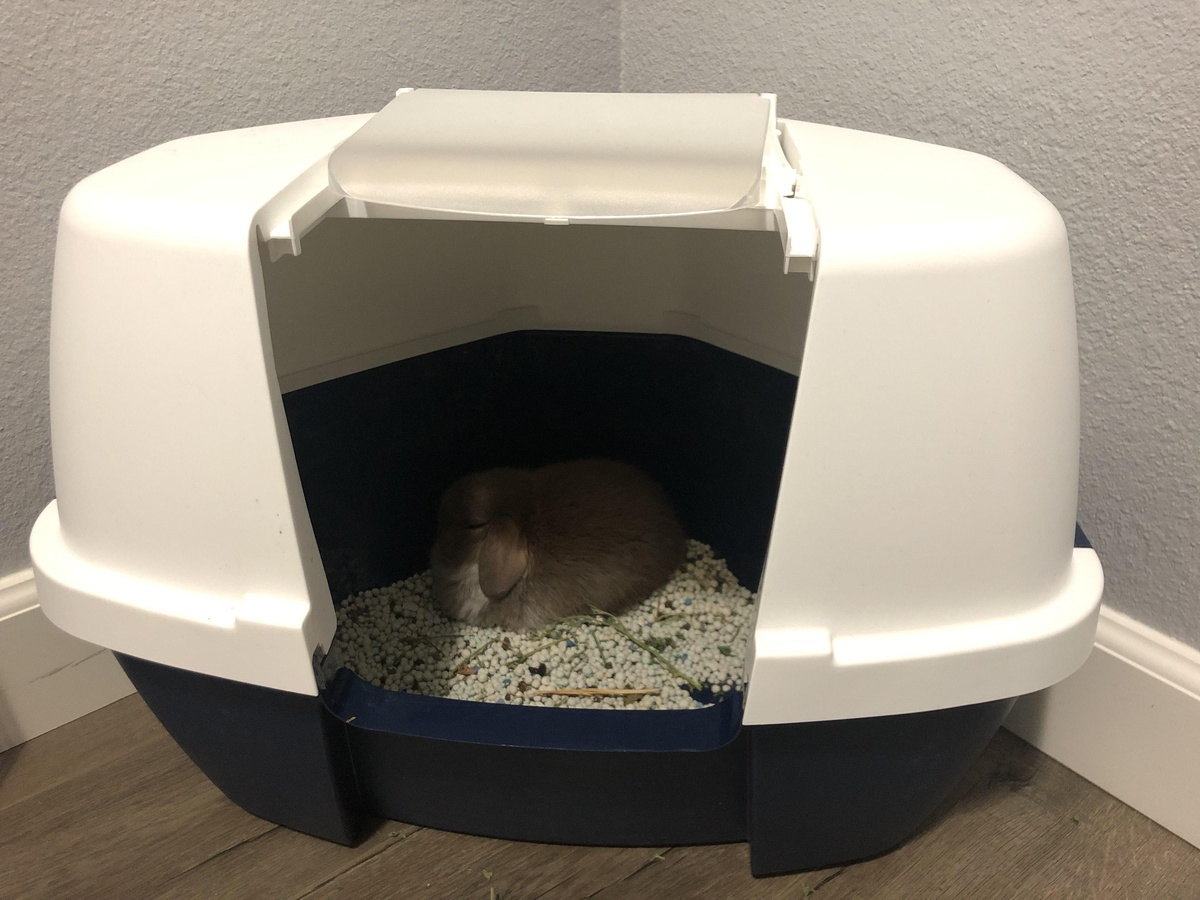
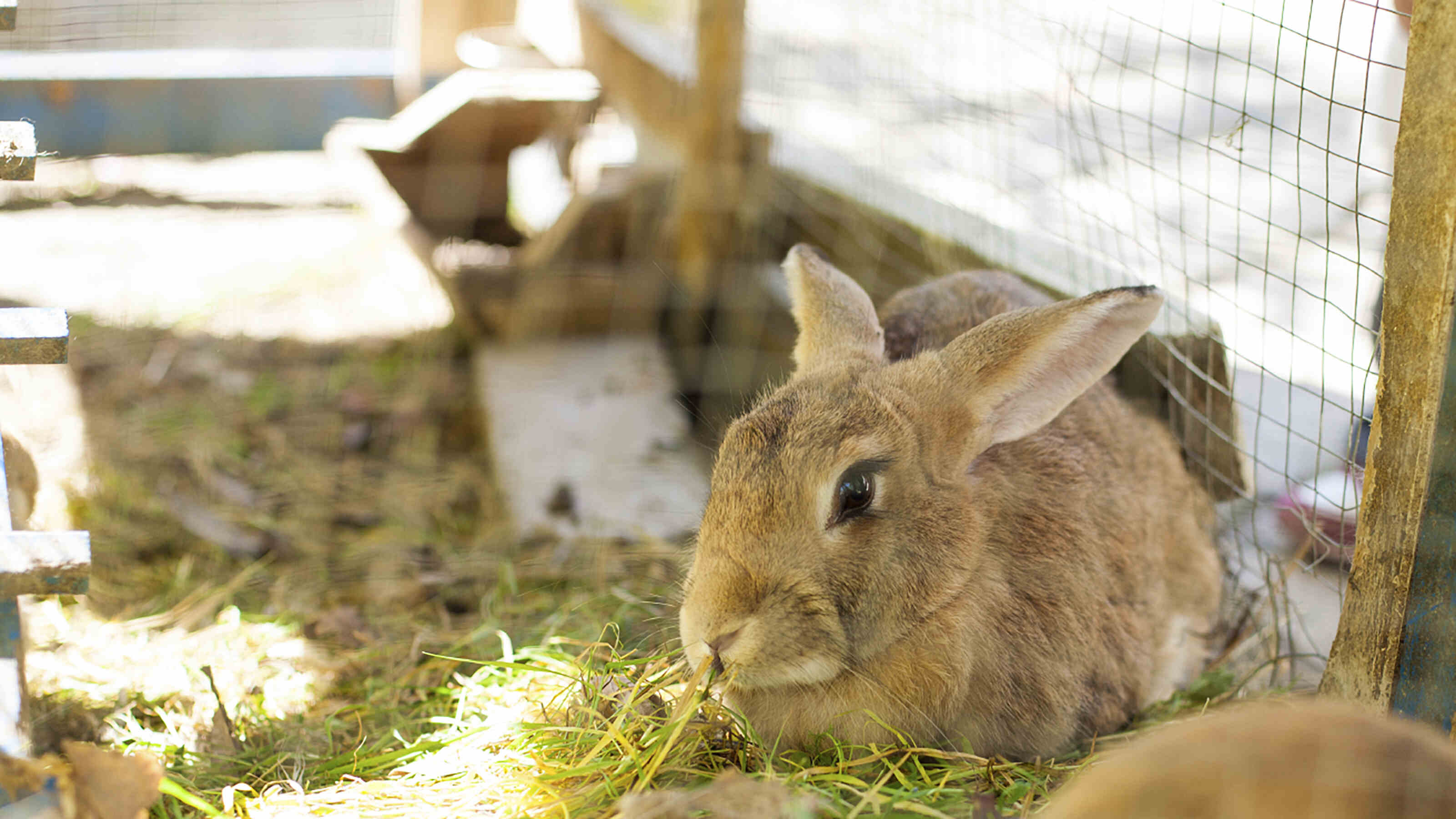
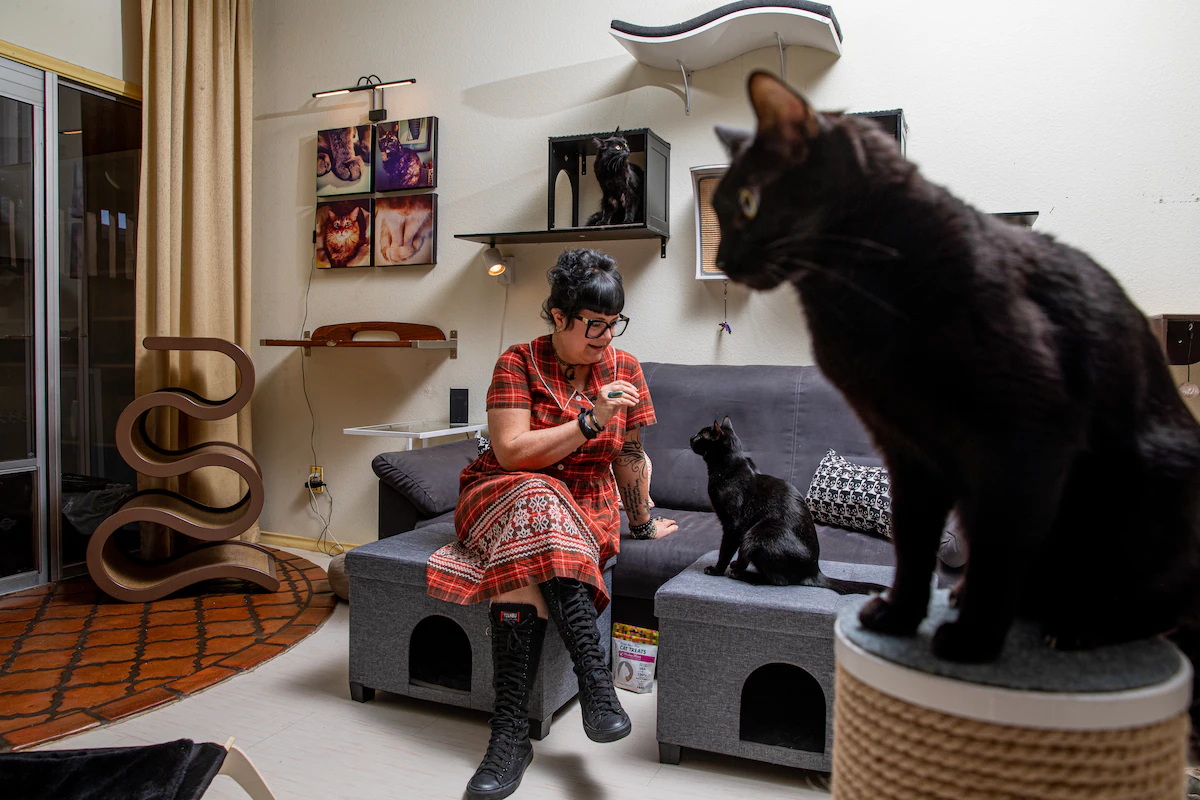
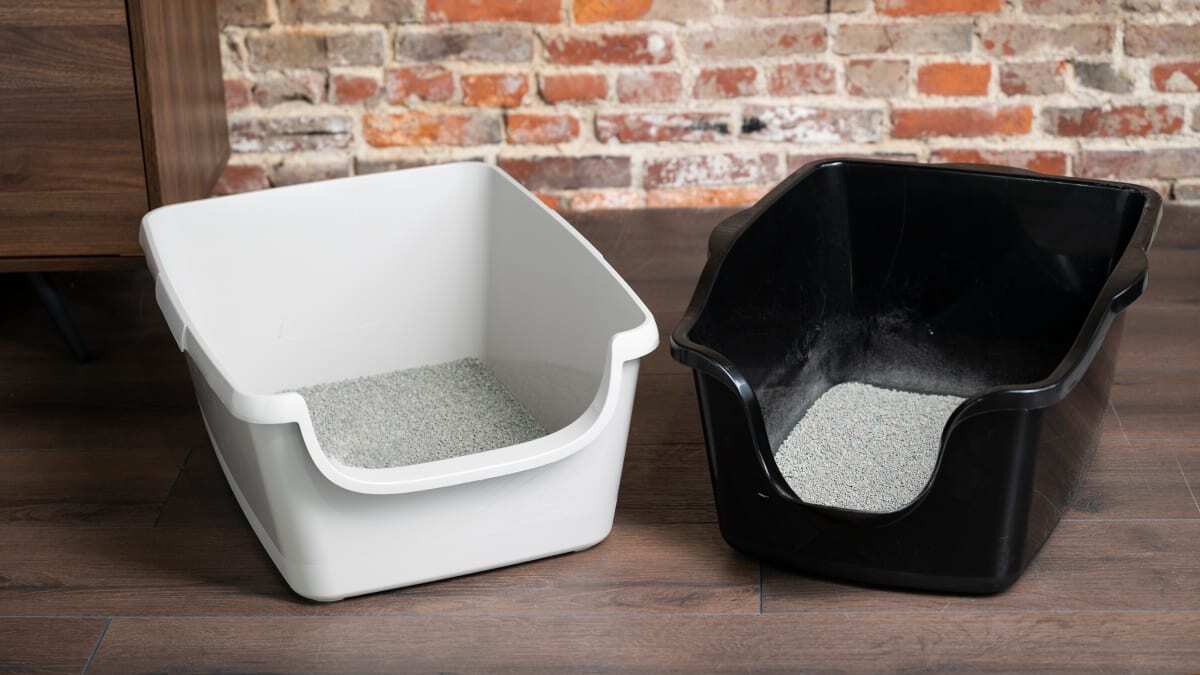
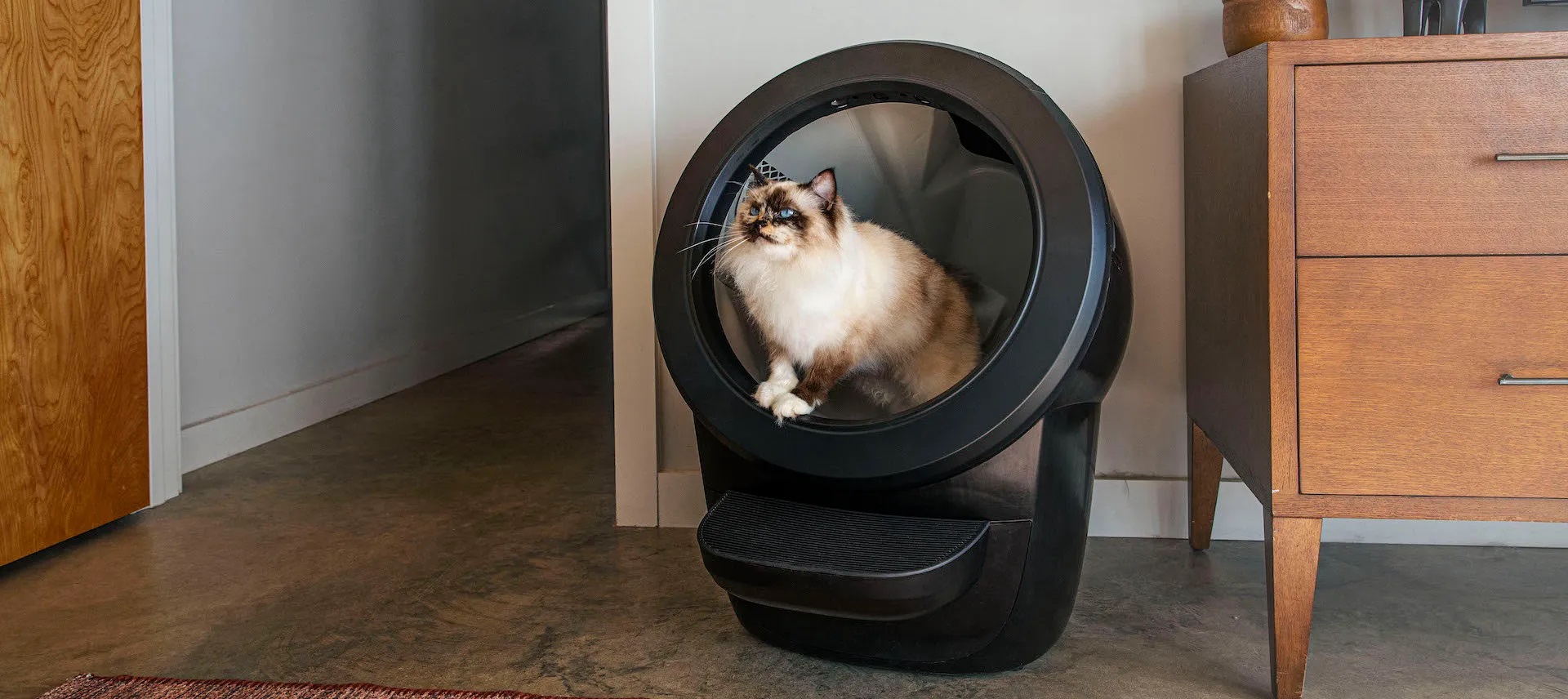
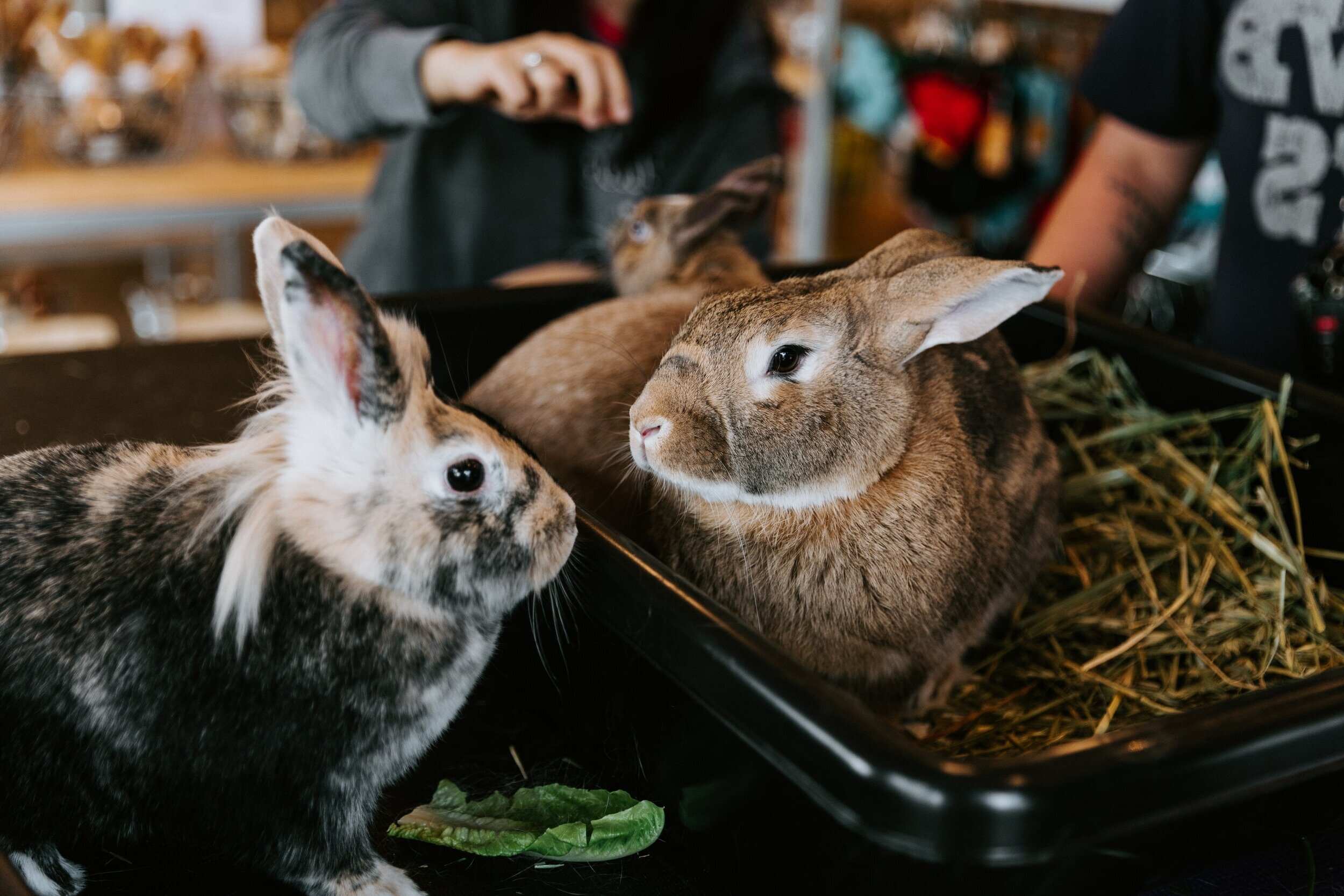
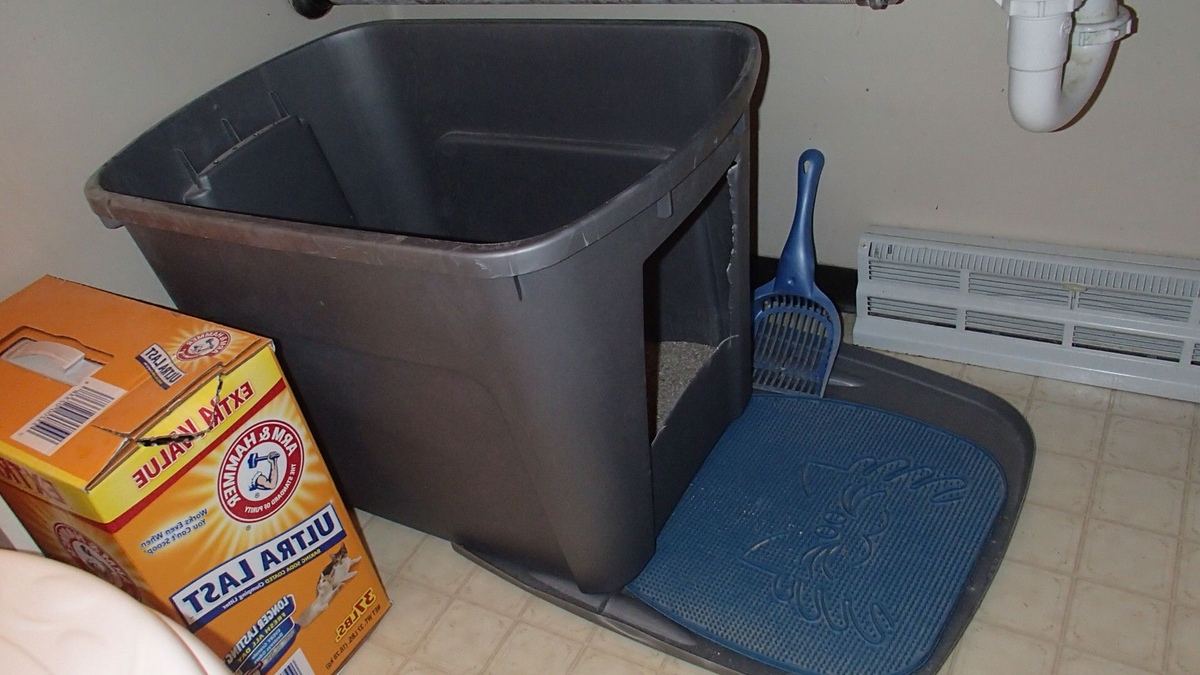

0 thoughts on “What To Put In A Rabbit Litter Box”